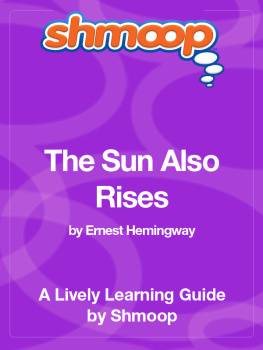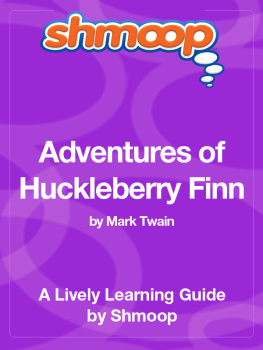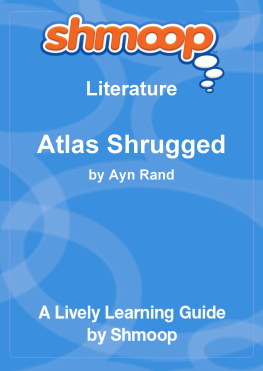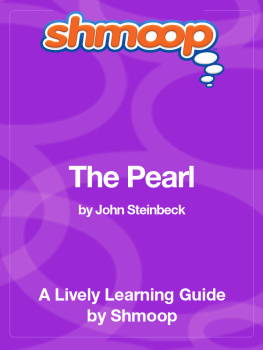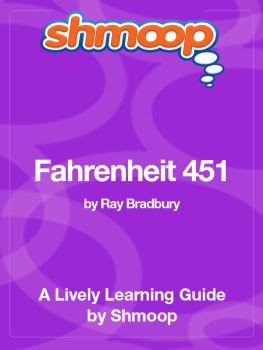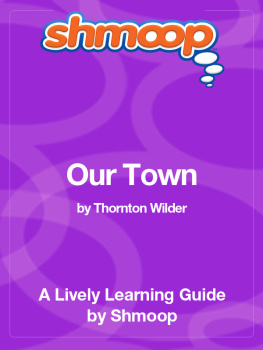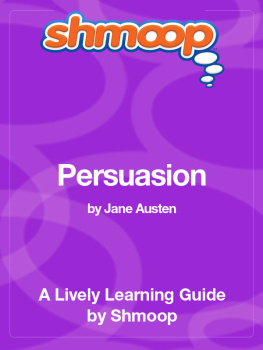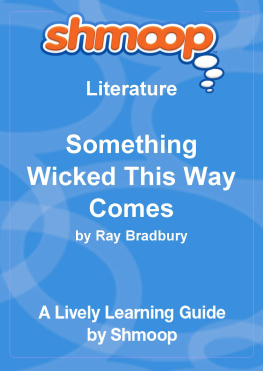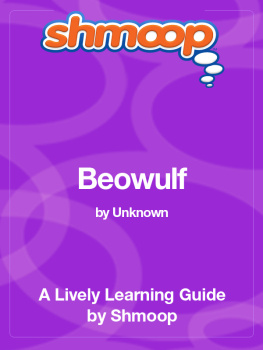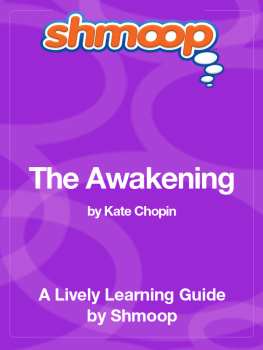
Table of Contents
In a Nutshell/Overview
Originally published in 1926, The Sun Also Rises was Ernest Hemingway's first big hit. Less than ten years after the end of World War I, the novel helped define his generation: disillusioned young people whose lives were profoundly affected by the war. Hemingway himself wasn't a soldier (his vision wasn't good enough to enlist in the army), but he saw plenty of action through his exploits as an ambulance driver in Italy, where he was wounded and was actually awarded a medal from the Italian government for his valor. Hemingway bore the physical and emotional scars of the war for the rest of his life, just like the troubled characters he created in The Sun Also Rises, and the novel expresses the uncertainty and aimlessness of this "Lost Generation" (see What's Up With the Epigraph? for a full explanation of this term).
The Sun Also Rises endures as one of the most popular and significant books to emerge from American literature of the 1920s - along with Hemingway's friend F. Scott Fitzgerald's masterpiece, The Great Gatsby (published only a year earlier in 1925), which examines postwar life stateside, The Sun Also Rises is generally regarded as a definitive guide to life in the hedonistic, confusing, and fascinating post-WWI era.
Why Should I Care?
Everyone knows the story of Romeo and Juliet, right? The classic star-crossed lovers bit, immortalized over and over again in just about every cultural medium we've got? For those of you who either grew up in a black hole or have been struck with a major case of amnesia and aren't familiar with this story, here it is in a nutshell: Boy meets girl. Boy and girl fall in love. Society intervenes, the lovers are separated, then, through a cruel twist of fate, they die just as they are about to be reunited. The young lovers then become the idealized model for the figure of tragic romance in our modern society. The end.
Well, now imagine this: Romeo and Juliet are reborn a few centuries later, except this time, things are different. The world is different. The classic romance can't play out the way it should for several reasons. First of all, the lovers are a couple decades older - they're in their mid-thirties, not mid-teens, and love isn't quite the same passionate adventure it was the first time around. In the twentieth century, love is a scary, dangerous venture. Secondly, Romeo is impotent (gasp!), and Juliet sleeps around to console herself (gasp gasp!). Thirdly, the possibility of happiness isn't even on the menu - it's been smashed to bits by the catastrophic iron fist of the First World War. What do you have then? A disillusioned, cynical post-tragedy, post-romance tragic romance we like to call The Sun Also Rises .
This novel thrashes all the flowery things we're taught to believe about love and romance, and basically tells us that the world we live in can no longer support these old fashioned ideas - and furthermore, it offers no solutions. The novel attempts, in its way, to answer one of the great questions of life: what is love? If that's not something to care about, we don't know what is.
Whats Up With the Title?
Like so many great catchphrases, this one comes from the Bible. More specifically, it can be found in the passage from Ecclesiastes quoted in the second epigraph (see "What's Up With the Epigraph?"). Basically, the title concisely reaffirms the statement made in said passage: in a nutshell, humans are just a small and ephemeral part of a larger world. We come and go, but the earth always remains (remember, this was written in the days before global warming). The sun will keep rising and setting long after all of us are dead and gone. Cheery, huh?
Whats Up With the Ending?
Best. Ending. Ever.
Seriously, guys. In the last words of this novel, Hemingway delivers a memorable and hard-hitting diagnosis of his generation: "Isn't it pretty to think so?" The speaker, Jake, is referring specifically to the idea that he and Brett, his romantic interest, could have had "a damned good time together;" more generally, however, Hemingway expresses the sense of hopelessness and resignation that he sees in the world around him. Basically, it's saying that everyone has their hopes and dreams - but they can't be fulfilled. The best anyone can do is wistfully (or cynically) indulge in the fantasy that these dreams could have been possible in some alternate universe.
Writing Style
Terse, Economical, Journalistic
These three words are often used to describe Hemingway's distinctive prose style. He turns away from the lush, rich style of his precursors, or even of some of his contemporaries (contrast
The Sun Also Rises to his friend Scott Fitzgerald's book
The Great Gatsby, published a year earlier). Hemingway learned a lot from his brief time as a journalist, and he introduced elements of newspaper style into the genre of the novel.
The Sun Also Rises was the first serious work to really introduce Hemingway's trademark voice to the world at large, and he immediately earned both praise and condemnation for it. In this novel, we see Hemingway employ short, simple sentences and snappy, realistic dialogue to create a novel that moves quickly and practically - we can actually feel the action of the text as it happens.
Tone
Increasingly cynical, though often comic
You get the feeling that the comedy of this book is there to mask what Hemingway himself called "a damned tragedy." Its characters engage in witty, often hilarious dialogue, but underneath their wisecracking shells lie vulnerable and discontented real people, disillusioned by the world around them. The tone of the book plays upon both of these aspects of our characters; as the novel approaches its end, the disillusioned side emerges more clearly. An increasing sense of cynicism and plain old exhaustion builds up during the days of the fiesta, as everyone drifts apart and some relationships disintegrate, perhaps beyond repair.
Narrator Point of View
First Person
Jake is a classic First Person narrator. We see everything as he does, and the only thoughts and commentary we get are from him. Our understanding of the other characters, events, and relationships is limited to Jake's own. We don't see anything that happens when Jake's not around, but we certainly hear about everything from his talkative friends. This perspective allows us to stay really close to Jake, our protagonist, and feel as though we're intimately connected to his fate.
Symbols, Imagery, Allegory
Bulls and Bull-fighting
Bulls and bull-fighting are the two most critical symbols in
The Sun Also Rises. The bulls symbolize passion, physicality, energy, and freedom. As a combination of these factors, in their interactions with the bull-fighters, they also come to symbolize the act of sex. Each bull-fight involves seduction, manipulation, maneuvering, and penetration by the bull-fighter of the bull. It is significant that, of all the characters, Jake, Brett, Romero, and Montoya are the most stirred by bull-fighting.
Romero's status as bull-fighter suggests that, unlike the novel's other male characters, he is capable of passionate love and sex. Although Cohn clings to an illusion of love for Brett, he is repelled initially by the bull-fights as boring, then later as gruesome. Brett is undisturbed by the gore of the bull-fights and, like Jake, is entranced by the interaction between bull-fighter and bull. After watching the bull-fights, Brett is determined to be with Romero. Jake, it seems, strives to experience sensuality vicariously through the bull-fights, as he is unable to have sex himself. As an aficionado, Jake recognizes and loves the passion of bull-fighting, suggesting that he, too, is a passionate man. Jake's knowledge of bull-fighting empowers him to authoritatively describe the bull-fights to Brett. Although we do not learn much about Montoya's personal life, it is apparent that he views bull-fighting as the highest, purest art form, one that exceeds all else in love, beauty, and passion. As discussed briefly in the above character analysis, the bull-fights can also be read as paralleling the characters and events of the novel. During the running of the bulls, to take just one example, a man is gored and killed the same day that Cohn leaves Pamplona.

